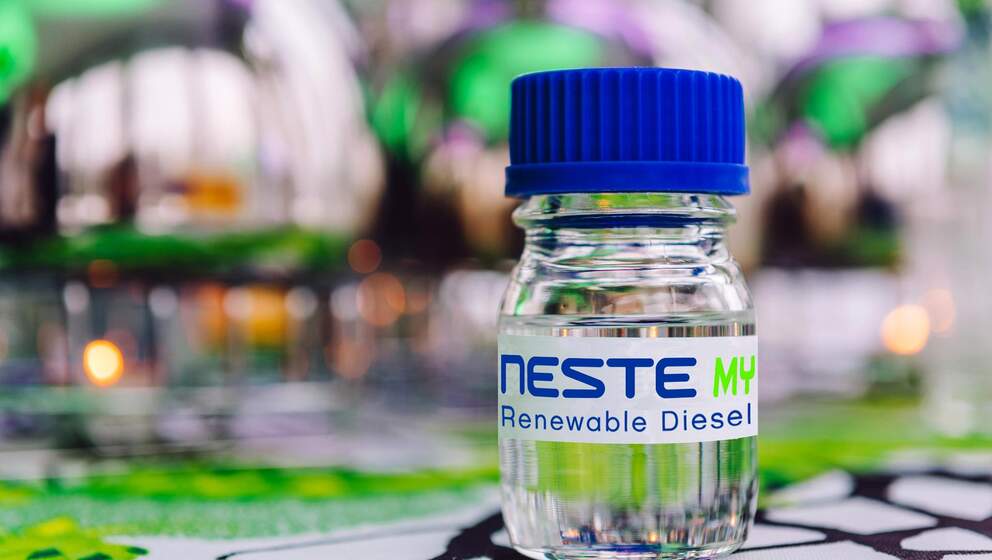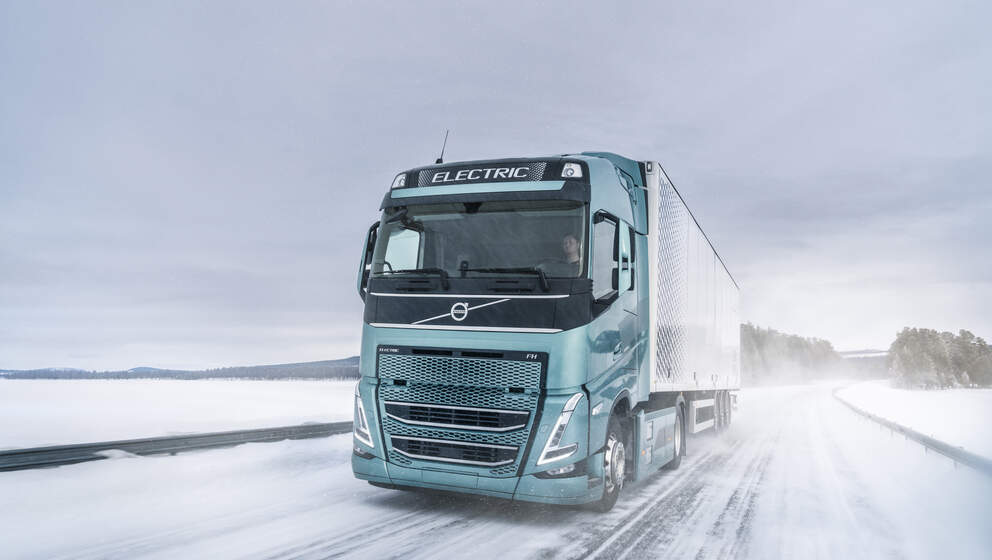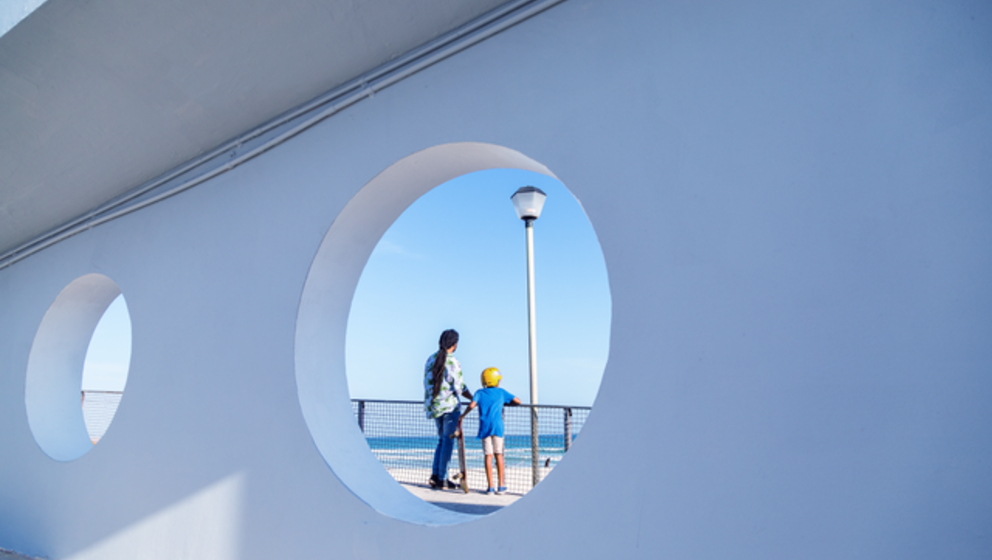Neste, HERE and PTV: navigators do not always propose the CO2 friendliest route

Neste Corporation, Press Release, 30 June 2020 at 7.30 (EET)
A collaboration between Neste, HERE Technologies, and PTV Group indicates that traffic-related CO2 emissions can be reduced by choosing the right driving route, especially in urban areas on short trips with private cars. Earlier this spring, Neste and its partners tested the emissions of different route options by installing measuring equipment in vehicles. According to the gathered data, navigators do not always propose the CO2 friendliest route* option.
“Road transportation accounts for a significant part of all transportation-related emissions globally. If we are to tackle climate change and achieve the ambitious climate targets set by different countries and companies, we need to look at all available solutions to reduce emissions. Low-emission fuels such as Neste MY Renewable Diesel™ are among these, but we need to look at other solutions as well – no matter how small,” says Mika Hyötyläinen, Vice President for Marketing & Digitalization, Marketing & Services at Neste.
“By partnering with HERE and PTV, we wanted to test the difference between the default route suggested by the navigation system and two alternative routes. Our aim was to see whether changing the route would impact fuel consumption and direct CO2 emissions,“ Hyötyläinen adds.
By choosing a CO2-friendly route, drivers in the Helsinki region could reduce almost 80,600 tons of carbon dioxide emissions annually
In the experiment, a test driver drove 13 different routes in comparable conditions three times each: the default route suggested by the navigation system as well as two alternative routes. The Technical Research Centre of Finland, VTT, then analyzed the data, after which HERE and PTV algorithms were used to scale and study the data further.
“What we found out was that in around two out of three cases the navigator’s suggested route was the best choice, resulting in the lowest fuel consumption and therefore CO2 emissions. However, in about one-third of the cases, the default route was less than optimal, leading to higher emissions. If every route had been chosen and driven based on the most fuel-efficient option, there would have been 6.36% less emissions in total,” says Juhani Laurikko, Principal Scientist at VTT.
The experiment was conducted in Finland in the Helsinki region. Altogether and by choosing a CO2-friendly route, drivers in the Helsinki region could reduce almost 80,600 tons of CO2 annually – this equals the total CO2 emissions of almost 20,000 inhabitants of Helsinki region or the removal of 30,000 passenger cars from the roads for a full year.
“Predicting absolute fuel consumption has always been a challenge. Only by bringing together a wide range of data points, using Machine Learning and HBEFA methods could we show that routing reduces our production of CO2. Based on these results, we hope to see that environmentally friendly routing becomes a standard offering. Of course, we also need to consider infrastructure and road safety and other aspects but simply by always choosing the shortest route, fuel savings of 5% are possible if the driver is not running into stop-and-go traffic,” says Matthias Hormuth, Head of Products at PTV.
“This project is an example of what we do best at HERE: bringing together the relevant experts to produce insights that make our world a better place to live in”, says Joachim Mack-Goertz, Partner Account Manager at HERE.
“We have been developing our Neste App in recent years. First we introduced paying for refueling with your mobile phone, and now the app enables users to also follow their own CO2 emission reduction. In addition, we got so excited about this experiment’s findings that we are now looking into the possibility of creating a navigation system that also provides the choice for the CO2 friendliest route. We would be eager to see this as a default option in all navigation systems in the future: it is a unique solution in that while it reduces emissions, it does not cost anything for the consumer,” adds Mika Hyötyläinen from Neste.
Read more: neste.fi/en-co2friendlyroute
*) The CO2-friendly route is based on the lowest possible fuel consumption and through that to lower CO2 emissions. The CO2-friendly route can be calculated taking into account, for example, the driving length, the average speed and the expected stops.
Neste Corporation
Susanna Sieppi
Vice President, Communications (act.)
Further information: Mika Hyötyläinen, Vice President, Marketing & Digitalization, Neste. Please contact Neste’s media service, tel. +358 50 458 5076 / media@neste.com (weekdays between 8.30 a.m. and 4.00 p.m. EET).
Joachim Mack-Goertz, Partner Account Manager, HERE Technologies, Mail: joachim.mack-goertz@here.com
Matthias Hormuth, Head of Products, PTV Group. Mail: matthias.hormuth@ptvgroup.com.
Juhani Laurikko, Principal Scientist, VTT. Mail: Juhani.Laurikko@vtt.fi, tel. +358 400 706 986
Neste in brief
Neste (NESTE, Nasdaq Helsinki) creates sustainable solutions for transport, business, and consumer needs. Our wide range of renewable products enable our customers to reduce climate emissions. We are the world's largest producer of renewable diesel refined from waste and residues, introducing renewable solutions also to the aviation and plastics industries. We are also a technologically advanced refiner of high-quality oil products. We want to be a reliable partner with widely valued expertise, research, and sustainable operations. In 2019, Neste's revenue stood at EUR 15.8 billion. In 2020, Neste placed 3rd on the Global 100 list of the most sustainable companies in the world. Read more: neste.com



